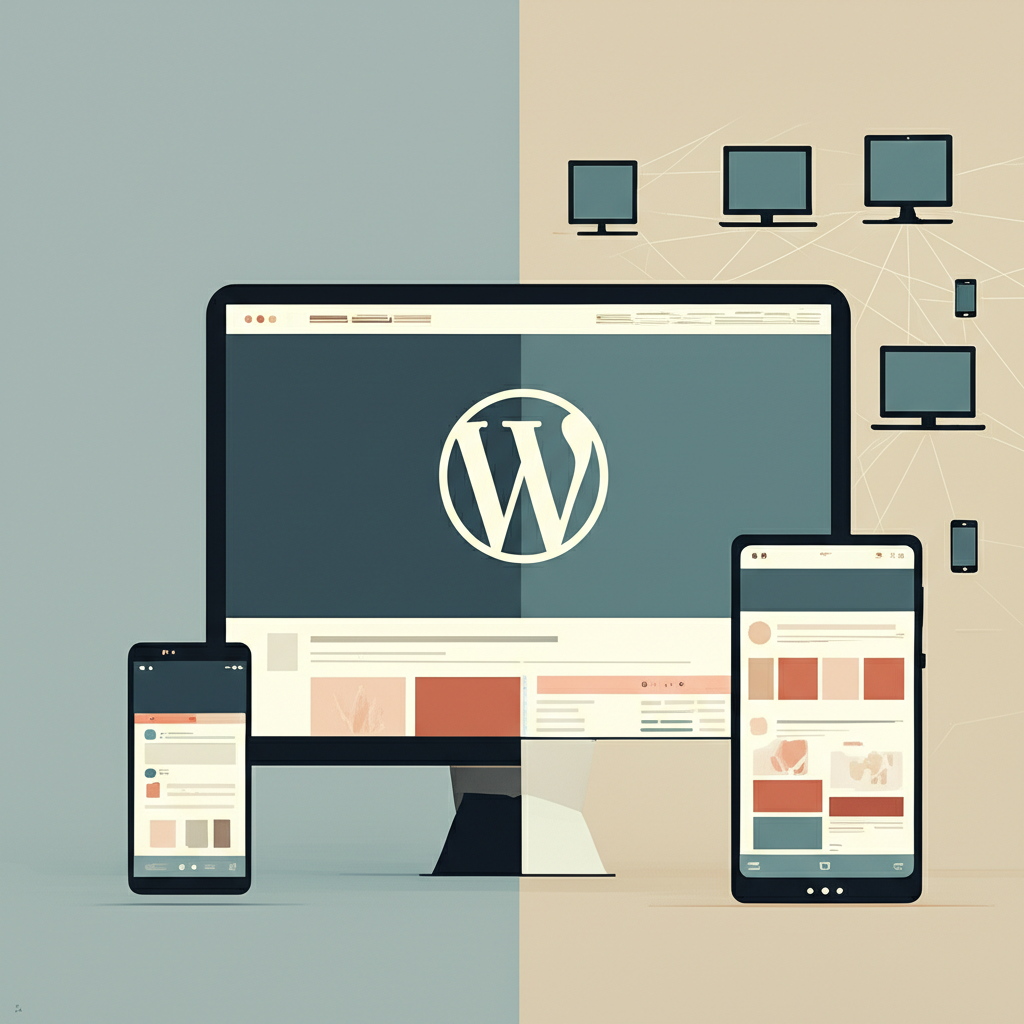WordPress vs. Headless CMS: Choosing the Right Platform for Your Business Website

WordPress vs. Headless CMS: Which is the Perfect Fit for Your Business?
Choosing the right platform for your website is a pivotal decision, especially for a business. Two dominant contenders in the website development arena are WordPress and Headless CMS solutions like Sanity and Strapi. Understanding the strengths and weaknesses of each can significantly impact your online presence and overall business success. Let's dive into a comparison to help you make an informed choice.
What is WordPress?
WordPress is a well-established, open-source content management system (CMS) known for its user-friendly interface and extensive library of plugins and themes. It bundles the front-end (what visitors see) and the back-end (where you manage content) into a single, integrated system. Its popularity stems from its ease of use, making it accessible to both beginners and seasoned developers. This makes WordPress a common choice for blogs, business pages, and e-commerce sites alike.
What is a Headless CMS?
A Headless CMS, such as Sanity or Strapi, takes a different approach. It decouples the content repository (back-end) from the presentation layer (front-end). Content is delivered via APIs, allowing you to display it on various platforms, including websites, mobile apps, and even IoT devices. This architectural shift gives you the power to customize the front-end without being restricted by the CMS.
Key Considerations
Here are some aspects to consider when choosing between WordPress and a Headless CMS:
- Flexibility: Headless CMS offers more control over the front-end, allowing for custom-built experiences.
- Content Delivery: Headless CMS is great for distributing content across multiple channels.
- Development: WordPress can be easier and faster to set up initially, while Headless CMS requires more front-end development expertise.
- Performance: Headless CMS can lead to faster loading times, especially on complex sites.
- Scalability: Headless CMS is typically more scalable for growing businesses.
WordPress: Advantages and Disadvantages
Let's explore the good and not-so-good sides of WordPress.
Advantages:
- It's incredibly easy to use, especially for beginners.
- A vast plugin library extends functionality.
- Extensive community support is readily available.
Disadvantages:
- Customization can be limited by your chosen theme.
- Performance can suffer with too many plugins.
- It can be a target for security vulnerabilities if not maintained.
Headless CMS (Sanity, Strapi): Advantages and Disadvantages
Now, let's examine the pros and cons of using a Headless CMS like Sanity or Strapi.
Advantages:
- Unmatched flexibility in front-end design.
- Multi-platform content delivery is streamlined.
- Performance and security can be significantly improved.
Disadvantages:
- Requires more technical expertise and a dedicated development team.
- Initial development costs can be higher.
- The learning curve is steeper for non-technical users.
Making Your Decision
WordPress might be the right choice if:
- You need a simple website or blog with standard features.
- You prefer a user-friendly platform with ample support.
- Your technical skills are limited.
Conversely, a Headless CMS is suitable if:
- You need a highly customized, performant website.
- You plan to distribute content across multiple platforms.
- You have a skilled development team.
In Conclusion
The decision between WordPress and a Headless CMS boils down to your specific needs and technical capabilities. WordPress is a great option for simple websites, while Headless CMS solutions like Sanity and Strapi excel in flexibility, scalability, and performance. Carefully consider your priorities, technical expertise, and long-term vision for your online presence to make the best choice for your business. Take some time to explore each platform and consider which aligns better with your business objectives. Your website is a crucial asset, so choosing the right foundation is key to future success.